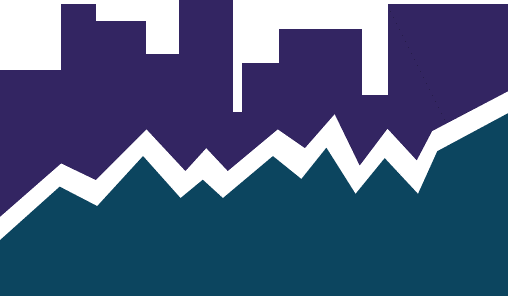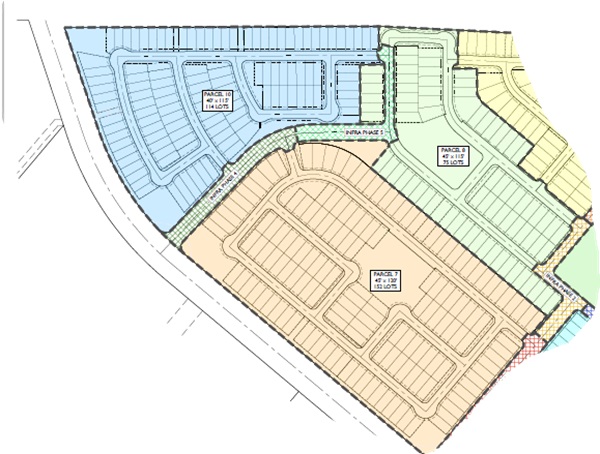The Monday Morning Quarterback
A quick analysis of important economic data released over the last week
By Elliot D. Pollack & Co. | Rose Law Group Reporter
The U.S. economy shrank by 1.4% in the first quarter of 2022. The decline was unexpected and a significant change from the 6.9% annualized growth last quarter. Supply disruptions widen the trade deficit combined with fading government stimulus spending led to the decline. Imports to the U.S. surged and exports fell, dynamics reflecting pandemic-related supply-chain constraints. A slower pace of inventory investment by businesses in the first quarter—compared with a rapid buildup of inventories at the end of last year—also pushed growth down.
The bright note was the economy’s primary driver, consumer spending, increased 2.7% in March. It appears that American households are absorbing high inflation and are positioned to propel the economy heading into the spring and summer. Personal-consumption expenditures increased a seasonally adjusted 1.1% in March from the prior month, the Commerce Department said Friday. Adjusting for inflation, consumer spending rose 0.2% last month, driven by higher services spending. Household spending also rose at a faster rate than inflation from a year earlier. Consumers stepped up spending on services like travel and dining, as well as on goods like gasoline and food. Spending on durable goods declined for the second month in a row, led by lower spending on vehicles.
Personal income, a measure that includes wages and government assistance, climbed 0.5% from the prior month. That was a slower rise than overall inflation, which increased 0.9% on the month in March, according to the Commerce Department. Some Americans tapped their savings to offset cost increases. The savings rate fell to 6.2% in March, the lowest in nine years.
U.S. Snapshot:
- The Conference Board’s consumer confidence index fell to 107.3 from 107.6 in April. Expectations were for a slight increase for the month. April’s level was down 8.7% for the year. Economists polled by Reuters had forecast the index rising to 108.0 from the initially reported reading of 107.2 in March. The current index remains high suggesting the economy continued to expand in early second quarter.
- The University of Michigan Consumer Sentiment Index rose to 65.2 in April, a jump of 9.8% above March. Most of the surge was concentrated in expectations, with gains of 21.6% in the year-ahead outlook for the economy and an 18.3% jump in personal financial expectations. The cause of the increase was a sharp drop in gas price expectations, falling to just 0.4 cents from last month’s 49.6. The overall impact on sentiment trends, however, was quite small; other than the last two months, the Sentiment Index in April was still lower than in any prior month in the past decade.
- U.S. new home sales fell as mortgage rates and prices increased. The sales rate declined 8.6% for the month and 12.6% from a year ago. During the same time period, the median sales price increased 21.4% to $436,700. The decline to 763,000 sales matched economist expectation of 765,000.
Arizona Snapshot:
- The S&P CoreLogic Case-Shiller for February was released last week and home prices continued rising. Greater Phoenix led all the tracked cities for the 33rd straight month. Phoenix’s prices increased 32.9% from a year ago. Tampa and Miami were the closest with 32.6% and 29.7%, respectively.
- Lodging occupancy increased from levels seen last year. Arizona increased 21.7% to a 69.7% occupancy level. Occupancy reached 73.7% in Greater Phoenix and 71.9% in Greater Tucson.












